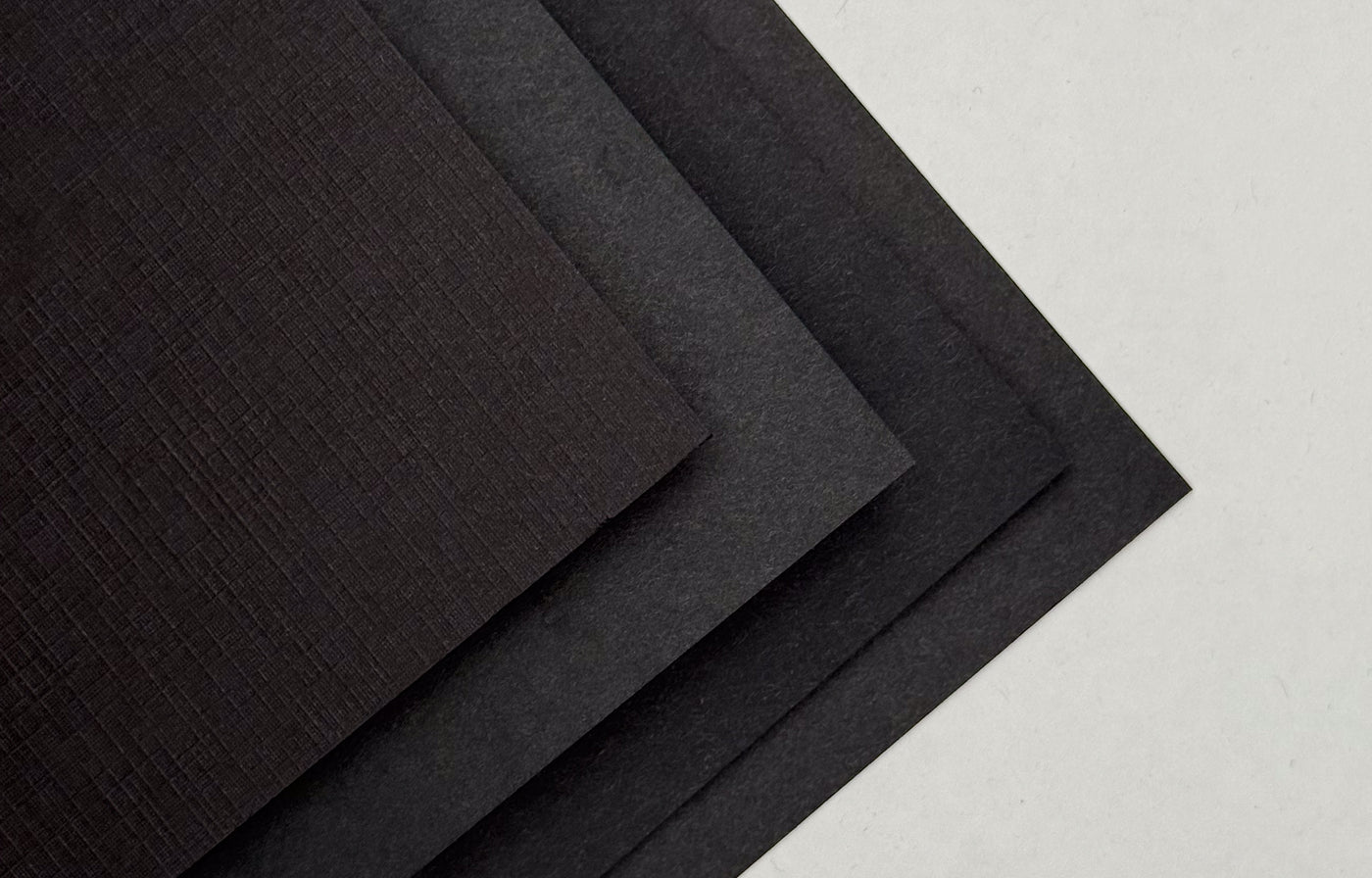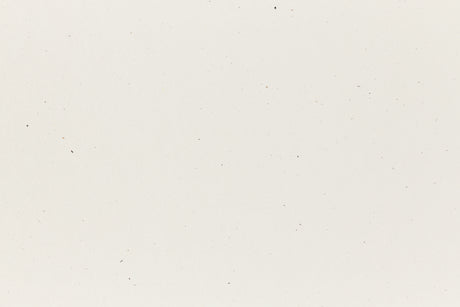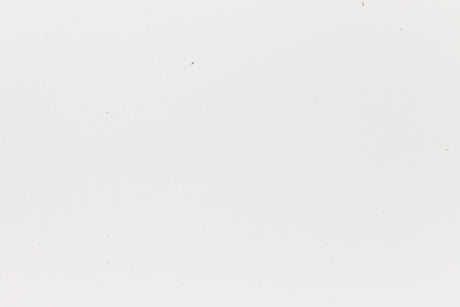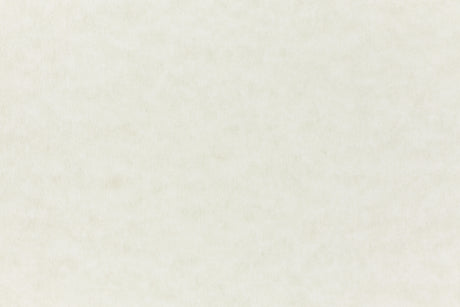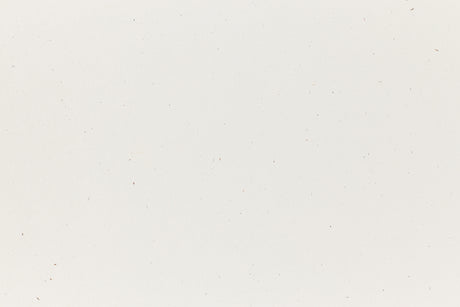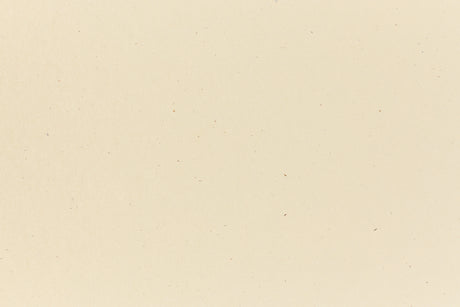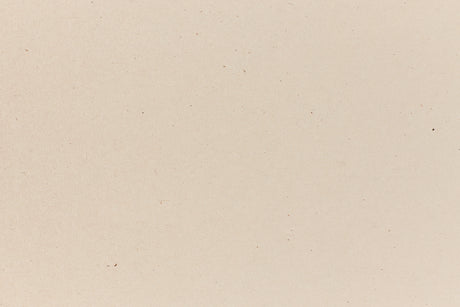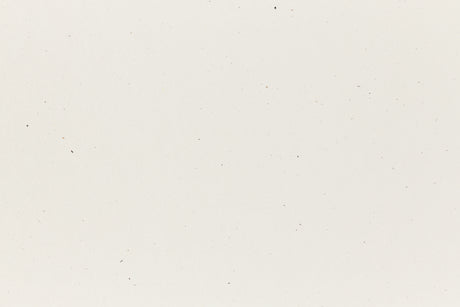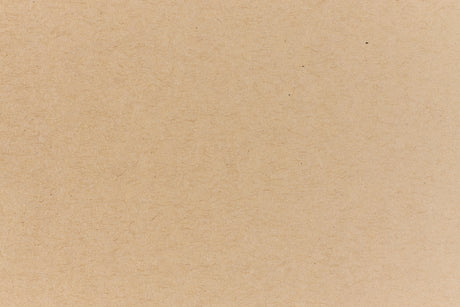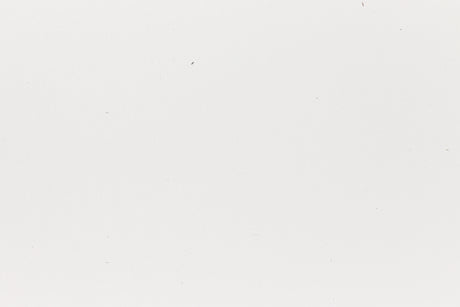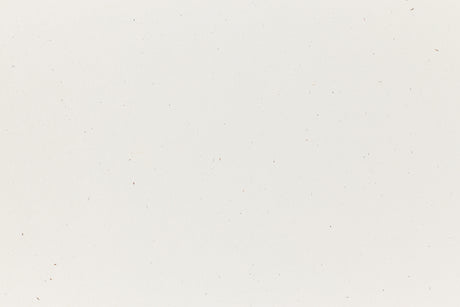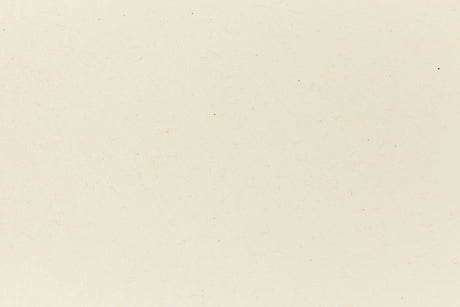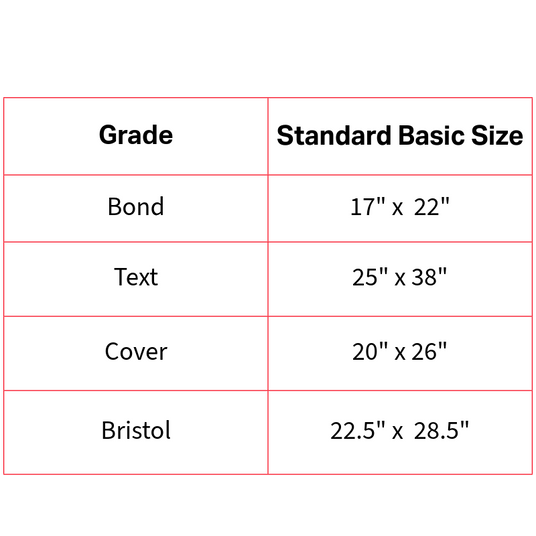
What Does Paper Weight Mean?
Paper weight—often called basis weight—is the standard way to compare and categorize different paper types. It’s what helps you tell the difference between text, cover, and bond papers.
The term “basis weight” comes from how paper is measured: 500 sheets of a paper’s standard size are weighed to determine its grade. For example, if 500 sheets of 25x38” text paper weigh 70 pounds, that stock is classified as 70 lb. text.
Understanding paper weight isn’t just technical—it’s practical. It ensures you choose the right sheet for your project, whether you’re printing invitations on heavy cover stock or producing brochures on lighter text weight.
Below the paper weight charts display the equivalent basis weight between paper types and corresponding g/m2
Click on the charts to enlarge for information.
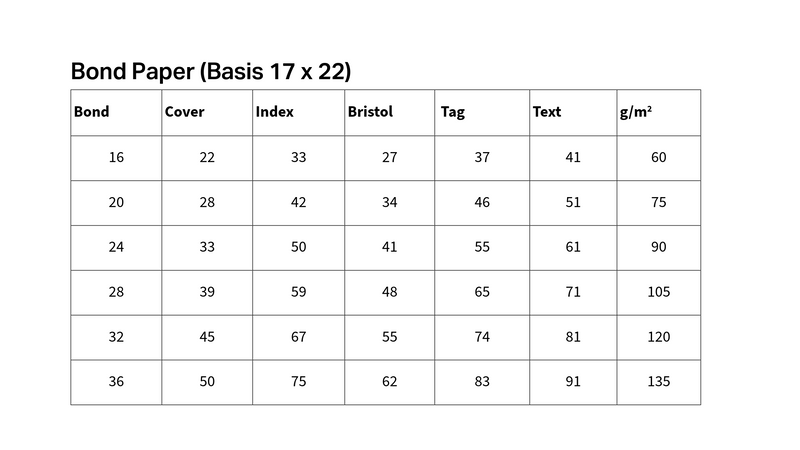
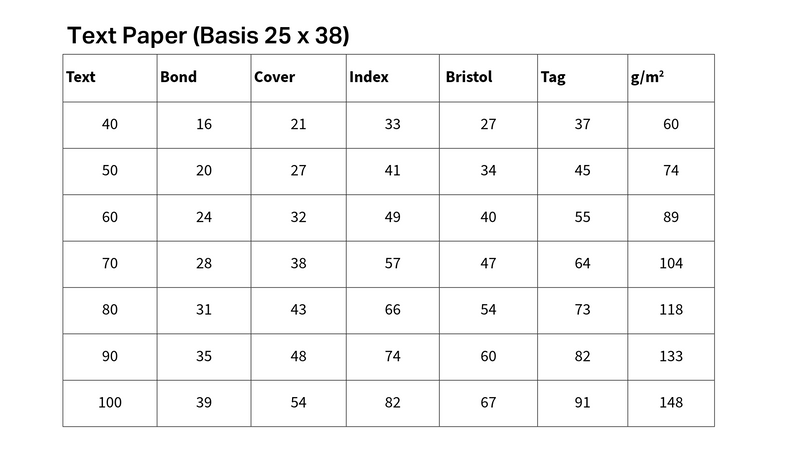
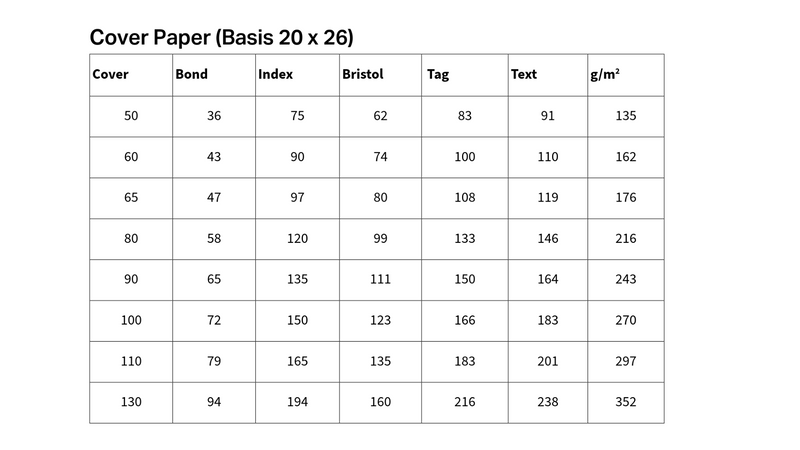
Why Paper Weight Matters
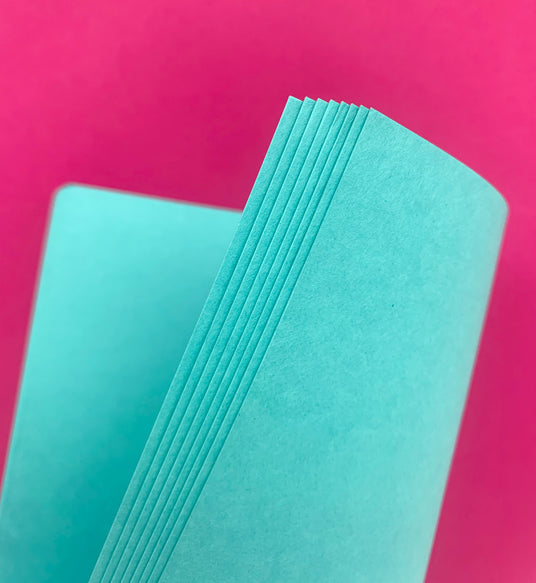
Grain Direction Guide
Grain direction is the way the paper fibers align, usually along the machine direction, and it affects tear strength, folding, scoring, and binding.
For the best results when folding, creasing, or binding, work parallel to the grain (the “long direction”).
At French Paper, grain direction follows the second number in the sheet size:
- 25 × 38 → grain runs along 38"
- 38 × 25 → grain runs along 25"
Working with the grain ensures clean folds, crisp creases, and professional results every time.

